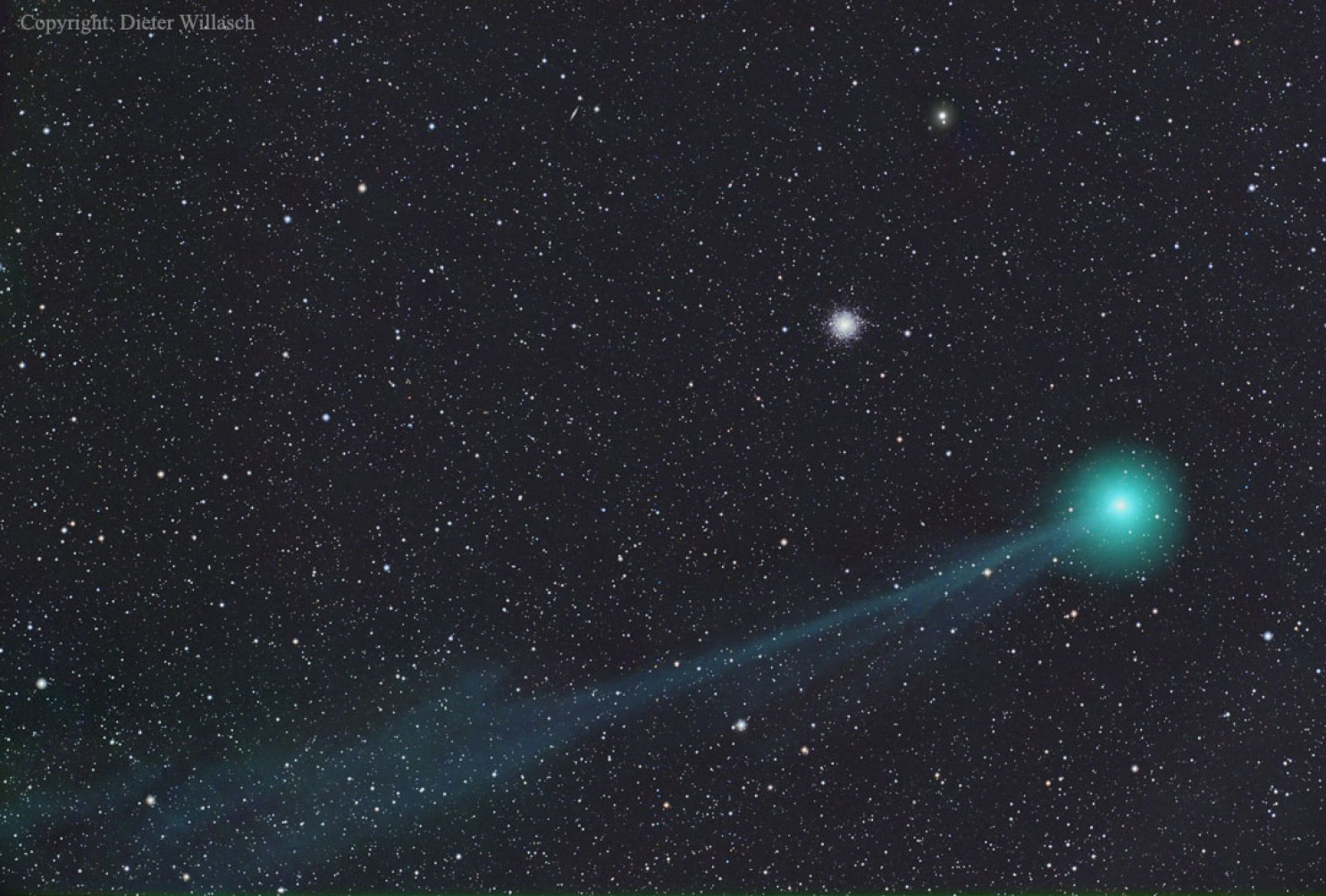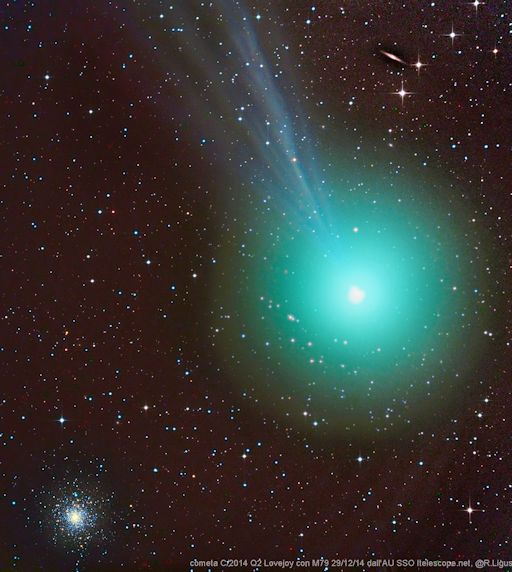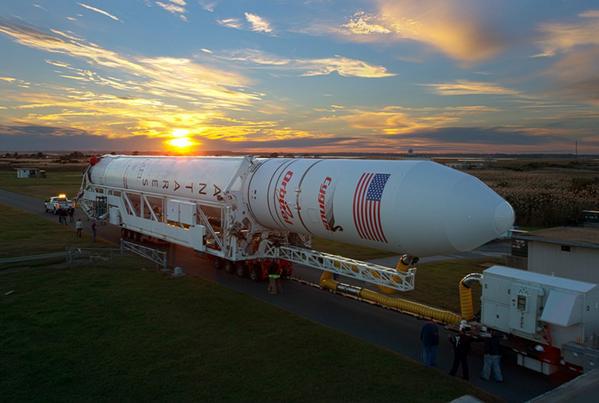1:50 PM | Strong geomagnetic storm currently underway and it could cause northern lights into this evening...Friday will feature three celestial events
Paul Dorian
[Northern lights seen earlier today in northern Alaska; courtesy spaceweather.com]
Discussion
Northern Lights and an ongoing geomagnetic storm
Despite an overall quiet look to the sun, a coronal mass ejection (CME) hit the earth’s magnetic field earlier today sparking bright auroras across many northern latitude locations around the world including the northern tier of the US. The sun is currently featuring just one noticeable sunspot region (circled area) and it is from here that the current geomagnetic storm originated. At first, the impact generated a relatively mild "G1-class" geomagnetic field, but then it intensified into a “G4-class” ranking it as the strongest geomagnetic storm of the current solar cycle (#24).
[Current image of the sun with sunspot region circled; courtesy spaceweather.com]
This storm could continue for many hours to come as the earth passes through the turbulent wake of the CME. Should the storm continue at its current intensity into the evening hours, northern lights could even be visible (in dark areas) as far south as the I-95 corridor. Skies should clear out this evening in the I-95 corridor following an Arctic cold frontal passage.
Friday will feature three celestial events
There will be three celestial events this Friday including a total solar eclipse, a "new supermoon", and the spring equinox, but none of these will actually present anything visible around here. In fact, the total solar eclipse will be seen by very few people as it's visible path - while unusually wide and long - will mostly pass over the open North Atlantic Ocean. A Supermoon, or perigee moon, happens when the full or new moon does its closest fly-by of the Earth, making it look bigger than it normally does. There are actually six supermoons during 2015, but only three of them are visible during the full moon phase. The supermoon this Friday will not be visible as it will occur during the new moon phase. And the spring equinox refers to the time of the year when the day and night are of equal duration, mid-way between the longest and shortest days.



 [Image of Comet Lovejoy; courtesy Washington Post's Capital Weather Gang]
[Image of Comet Lovejoy; courtesy Washington Post's Capital Weather Gang] [Finder chart for tonight, January 13th; map courtesy Andrew Ochadlick and heavens-above.com]
[Finder chart for tonight, January 13th; map courtesy Andrew Ochadlick and heavens-above.com] [Image of Comet Lovejoy on 12/29/14; courtesy "spaceweather.com"]
[Image of Comet Lovejoy on 12/29/14; courtesy "spaceweather.com"] PHOTO: Comet 67P/Churyumov-Gerasimenko is seen in a photo taken by the Rosetta spacecraft with the OSIRIS narrow-angle camera August 3, 2014.
PHOTO: Comet 67P/Churyumov-Gerasimenko is seen in a photo taken by the Rosetta spacecraft with the OSIRIS narrow-angle camera August 3, 2014. [Antares rocket on launch pad this weekend]
[Antares rocket on launch pad this weekend] [Another view of the Antares rocket]
[Another view of the Antares rocket] Orbital 3 Launch from NASA Wallops Island, VA on Oct. 27, 2014 - Time of First Sighting Map. This map shows the rough time at which you can first expect to see Antares after it is launched on Oct. 27, 2014. It represents the time at which the rocket will reach 5 degrees above the horizon and varies depending on your location. As an example, using this map when observing from Washington, DC shows that Antares will reach 5 degrees above the horizon approximately 117 seconds after launch (L + 117 sec). Credit: Orbital Sciences
Orbital 3 Launch from NASA Wallops Island, VA on Oct. 27, 2014 - Time of First Sighting Map. This map shows the rough time at which you can first expect to see Antares after it is launched on Oct. 27, 2014. It represents the time at which the rocket will reach 5 degrees above the horizon and varies depending on your location. As an example, using this map when observing from Washington, DC shows that Antares will reach 5 degrees above the horizon approximately 117 seconds after launch (L + 117 sec). Credit: Orbital Sciences
 [Northern lights visible last night in Arizona from the initial CME; photo courtesy spaceweather.com]
[Northern lights visible last night in Arizona from the initial CME; photo courtesy spaceweather.com] [Impact on NASA's ACE spacecraft just a short time ago (arrow) from the arrival of the second CME; courtesy NOAA/Space Weather Prediction Center]
[Impact on NASA's ACE spacecraft just a short time ago (arrow) from the arrival of the second CME; courtesy NOAA/Space Weather Prediction Center]

 [Sunspots sketched by Richard Carrington on Sept. 1, 1859. Copyright: Royal Astronomical Society]
[Sunspots sketched by Richard Carrington on Sept. 1, 1859. Copyright: Royal Astronomical Society]